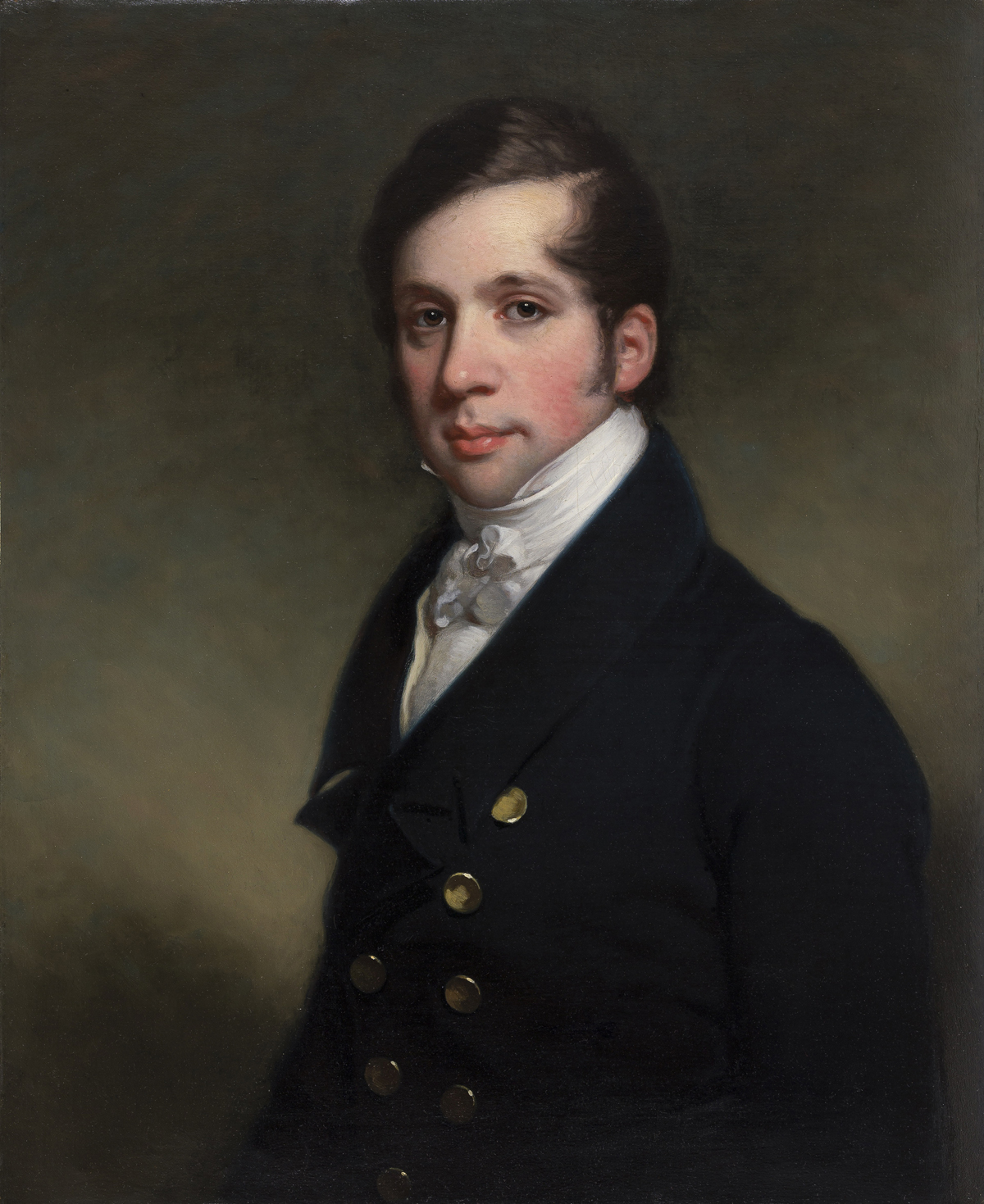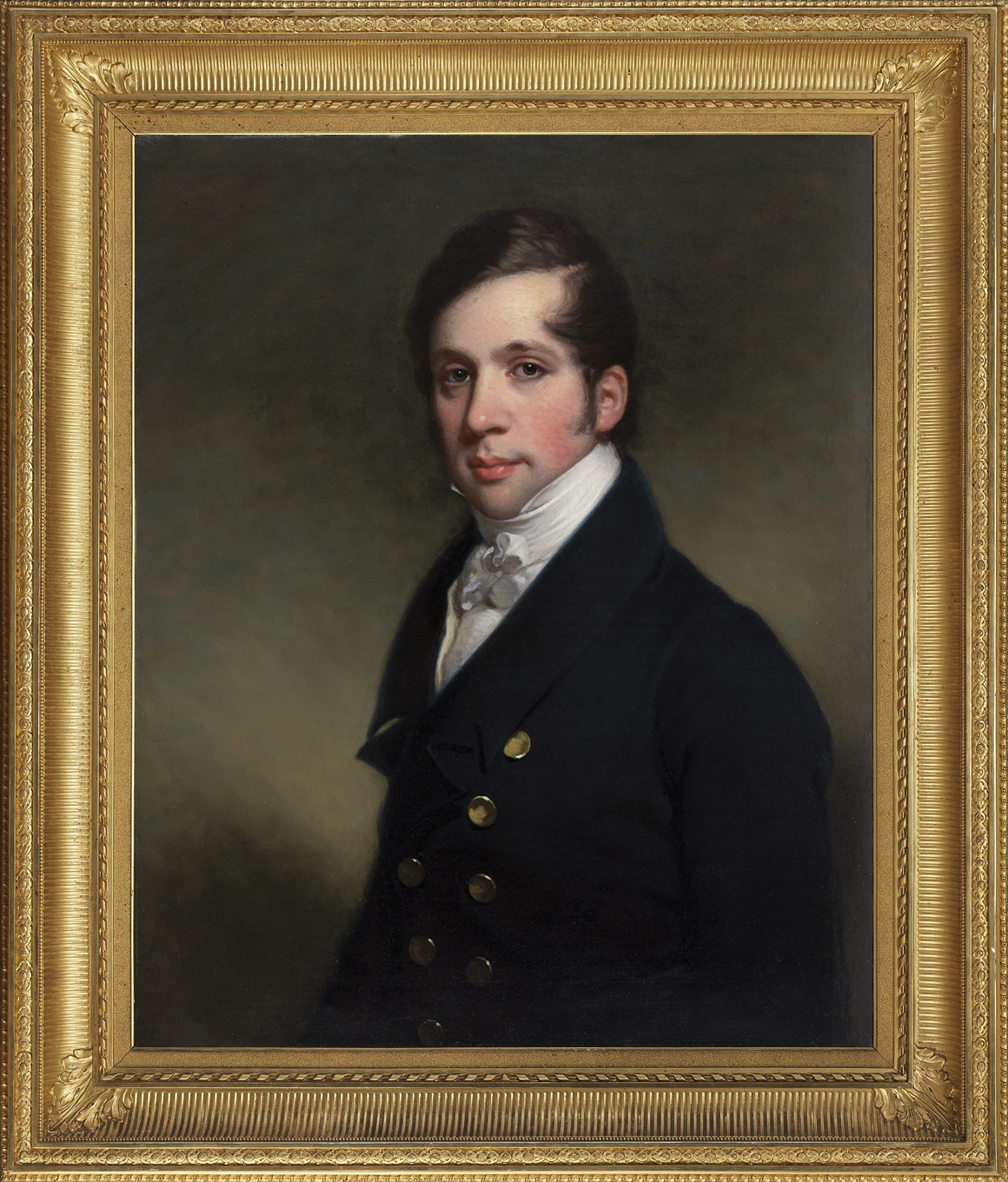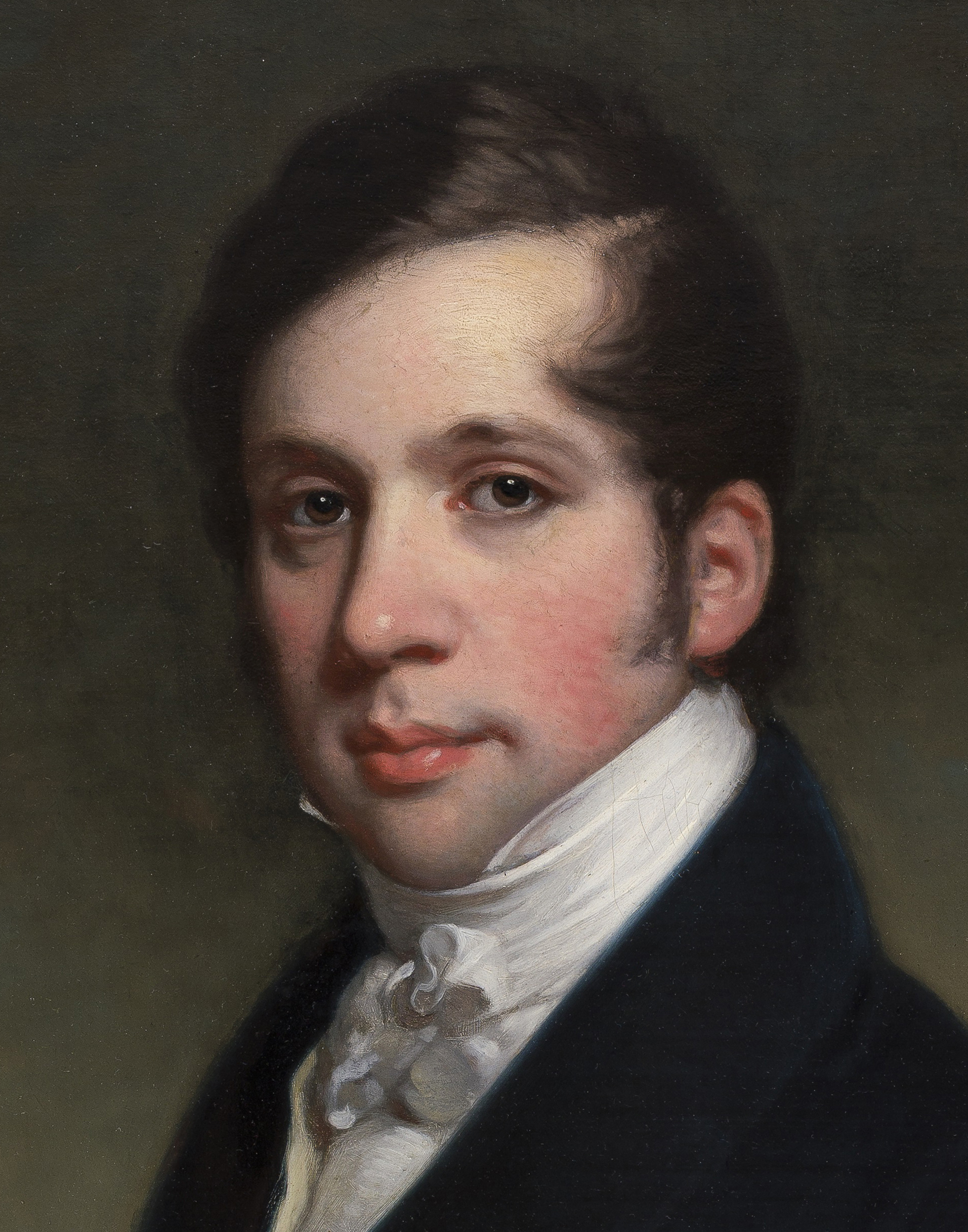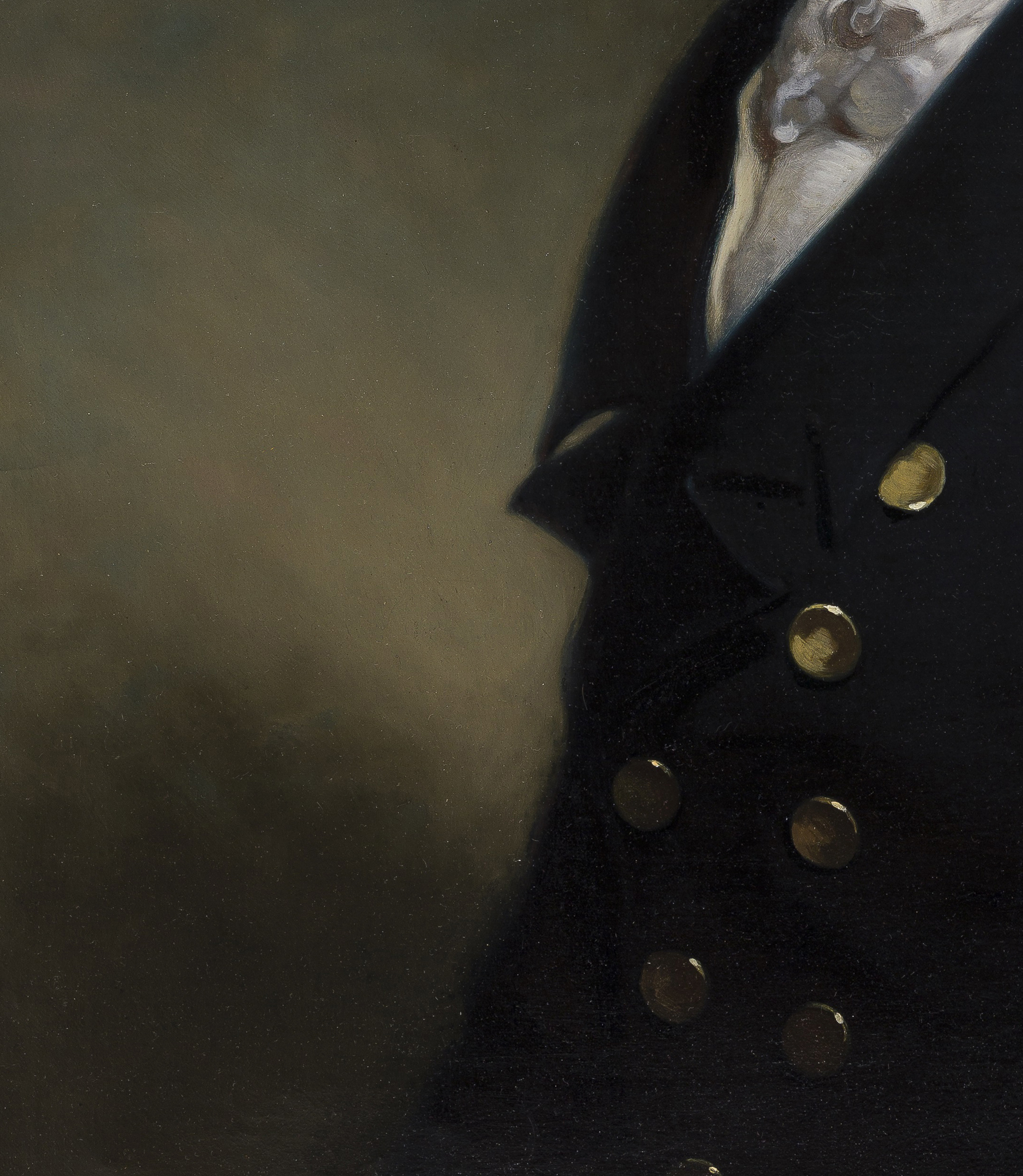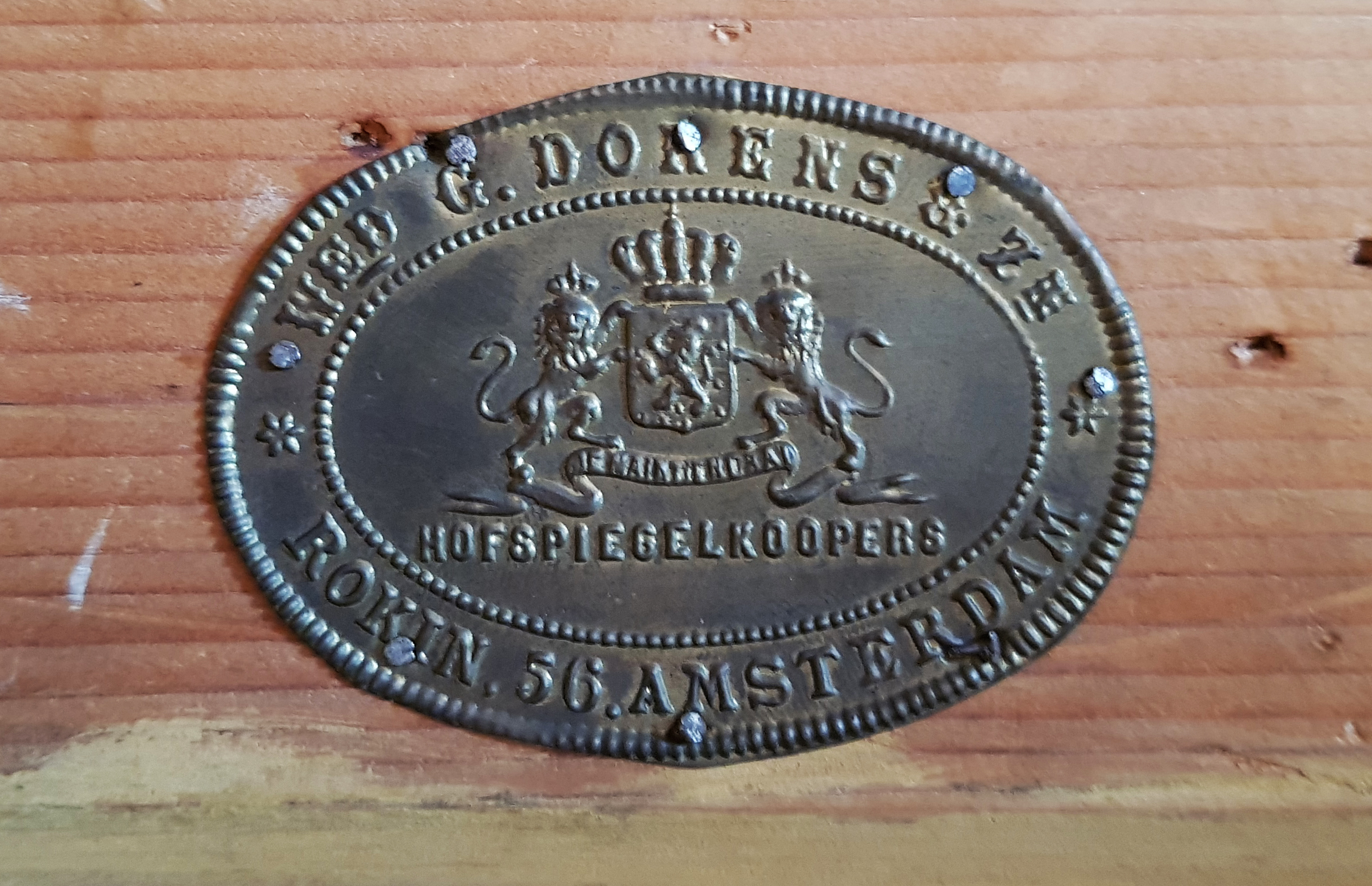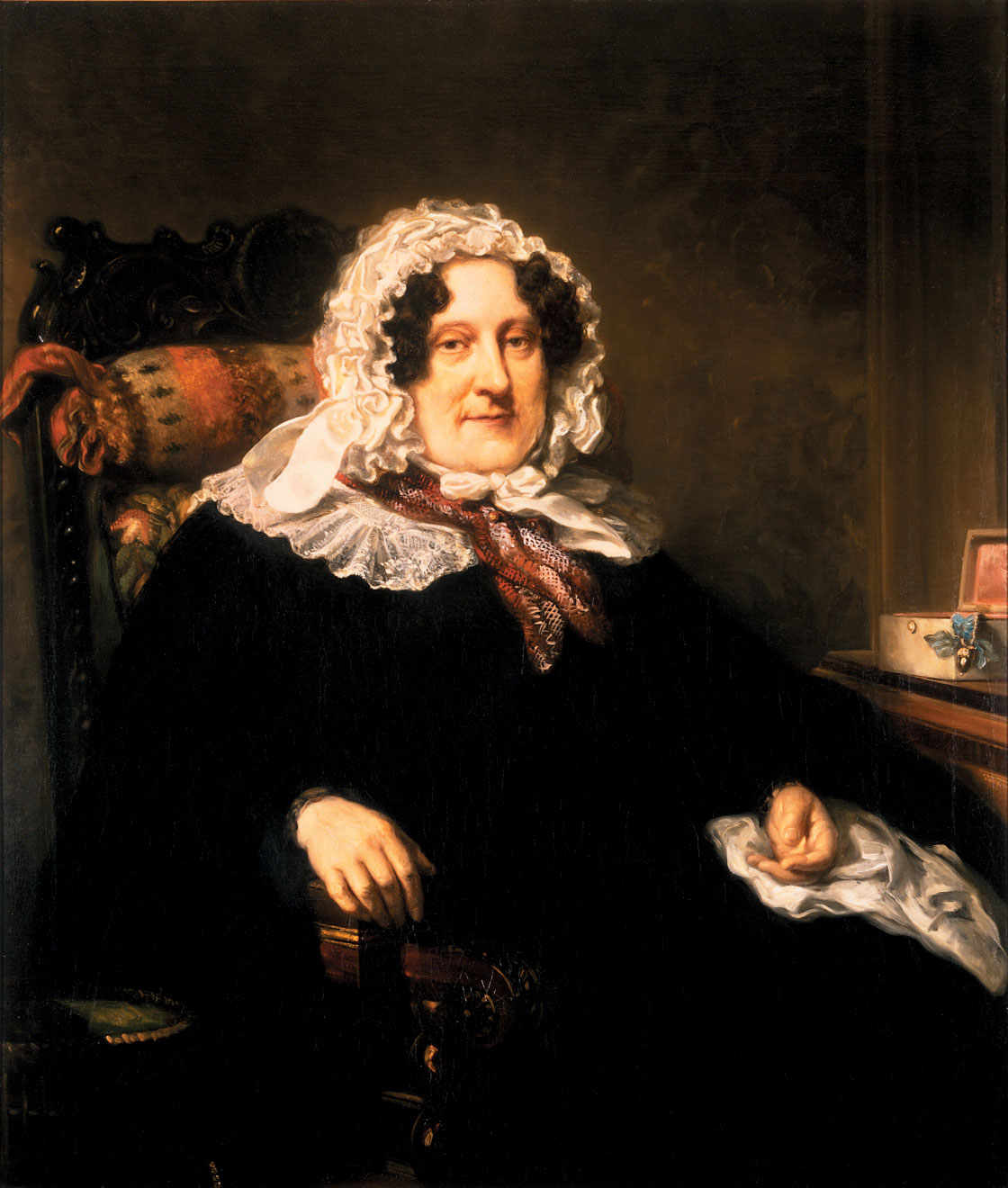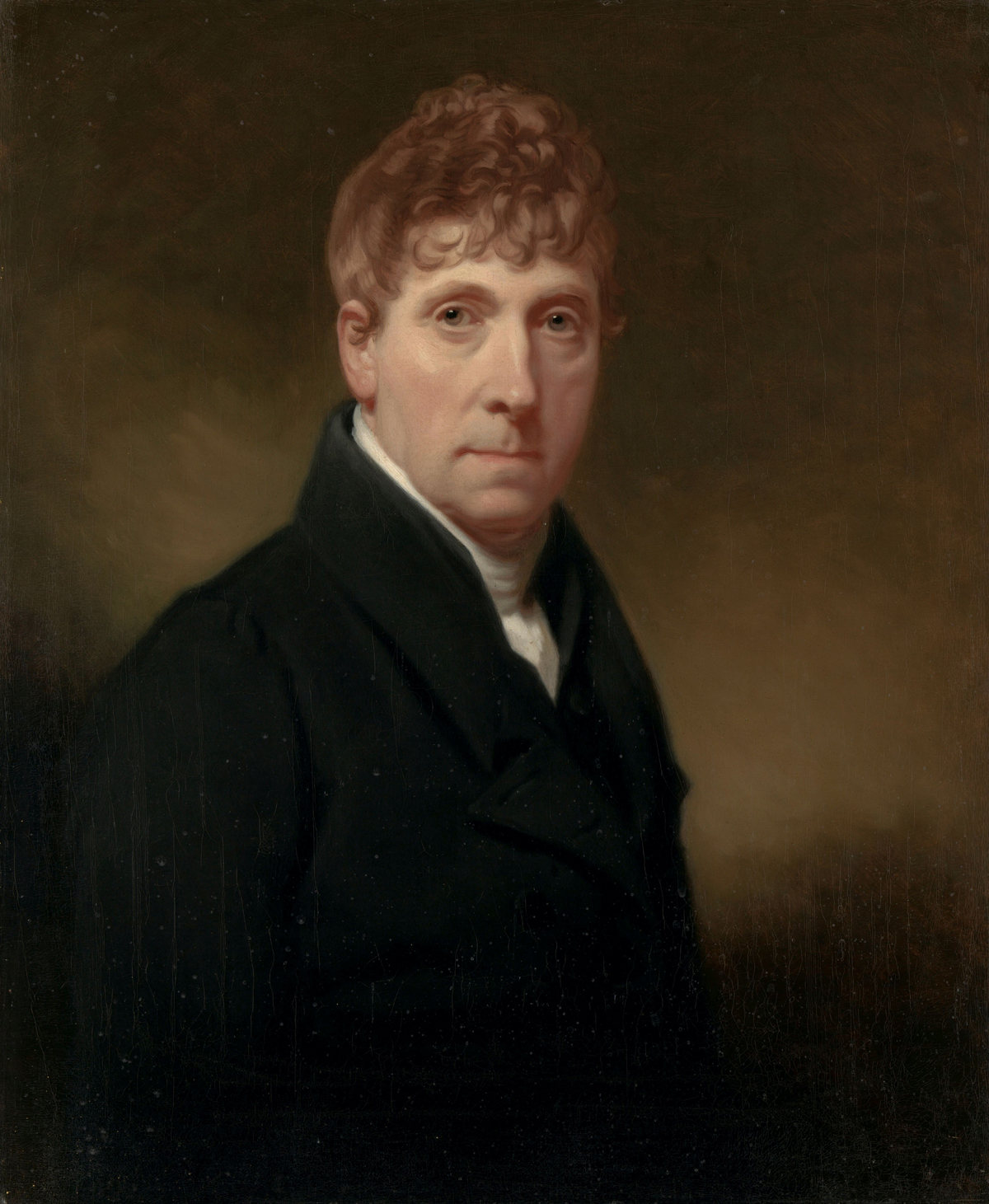CHARLES HOWARD HODGES (London 1764 – 1837 Amsterdam)
Charles Howard Hodges (London 1764 – 1837 Amsterdam)
Portrait of David Borski (1793 – 1870)
Oil on canvas, 72 x 59.5 cm (28.4 x 23.4 inch)
Presented in the original giltwood Empire frame with punched brass frame-maker’s plaque ‘Wed G. Dorens & Zn * Rokin, 56, Amsterdam’1
Executed circa 1813
Provenance
~ By descent to the sitter’s brother Willem Borski
~ By descent to his niece J.J. van der Vliet-Borski
~ By descent to her dauther O.A.A. Burdet-van der Vliet
~ By descent to R. Burdet, Geneva
~ By descent to private collection, Switzerland
Literature
~ G.D. Gratama, ‘Tentoonstelling van oude kunst, Haarlem’, Onze Kunst; geïllustreerd maandschrift voor beeldende en decoratieve kunsten, vol XXVIII, 1915, p. 822
~ F.J.E. van Lennep, ‘Bij een Hodges portret (van David Borski)’, 57e Jaarboek van het Genootschap Amstelodamum, Amsterdam 1970, pp. 49-54
~ Wilhelm Franz Lichtenauer, De Nederlanders in Napoleons Garde d’Honneur, Rotterdam/The Hague 1971, p. 319
~ F.J.E. van Lennep, Een weduwe aan de Amsterdamse beurs, Borski saga 1765-1960, Groningen 1973, pp. 67-77, repr. p. 66
~ A.C.A.W. Baron van der Feltz, Charles Howard Hodges 1764 – 1837, Assen 1982, cat. no. 75, p. 93, repr (b/w) and colour plate opposite p. 73
Exhibited
Kunst uit het bezit van bewoners uit Haarlem en omstreken, Haarlem (Frans Hals Museum), 1915, no. 426
***
The present recently rediscovered portrait depicts the handsome twenty-year-old David Borski, son of the richest woman in Holland, painted by the most fashionable and talented portraitist in Holland of the age, Charles Howard Hodges. Hodges was born in London and was taught by John Raphael Smith.3 Hodges was considered a prodigious artistic talent from an early age and in 1788 travelled to Amsterdam, where he lived with Johann Friedrich August Tischbein on the Keizersgracht. Following a sojourn of two years in Dublin, he settled in The Hague in 1792, and moved to Amsterdam in 1797. During the early years of his career, Hodges mostly specialised in mezzotinted prints after portrait paintings by artists like Reynolds and Romney, but he increasingly concentrated on painting sophisticated and elegant portraits in oils and pastel of the cream of Dutch society, notably after the turn of the century. The seven hundred or so portraits by him constitute a veritable ‘who’s who’ of the early decades of the nineteenth century, including King Louis Napoleon and the new King Willem I and Princess Wilhelmina of Prussia, widow of Stadtholder Willem V, and their respective families.
David Borski was born in Amsterdam in 1793 as the eldest son of Willem Borski and Johanna Jacoba van de Velde. As has been established by Jhr. F.J.E. van Lennep, the portrait was painted around the first half of 1813, before he became a member of Napoleon’s Garde d’Honneur in the summer of that year. It shows an elegant, handsome and intelligent young man, who would have been nineteen or twenty years of age, still unaware of the early death of his father in the following year, which left his widowed mother in charge of the Borski banking imperium. The Widow Borski was instrumental in the founding of King Willem I’s Nederlandsche Bank in 1814, investing two million guilders. She took her portrait by Jan Willem Pieneman into her tomb in the Nieuwe Kerk in Amsterdam; a version is preserved in the Van Loon Museum in Amsterdam, inherited by the sitter’s granddaughter Louise Borski, who married Hendrik van Loon in 1854 (fig.).4
David Borski was initially active as a banker and as a member of the Amsterdam Chamber of Commerce. He became increasingly interested in politics and was a member of the Tweede Kamer from 1846 to 1849, when he entered the Eerste Kamer, where he remained until 1860, mostly interested in matters of trade and finance. In 1816 he married Anna Jacoba Insinger.
Our painting is in particularly fine and untouched condition, possibly on account of never having being sold and gone through the art trade until recently, when it was acquired by White Rose Fine Art, passing instead solely by family inheritance. Hodges has captured his young sitter with sympathy and alertness, which is why this work is one of his finest and most attractive male portraits. The background is smoothly and spontaneously painted with an array of greys, blues and browns. In terms of handling, size and composition, our well preserved painting can be compared to the artist’s self-portrait in the collection of the Rijksmuseum in Amsterdam (fig.).5
SOLD
1. Founded around 1800 by Antonius van Erven, when this frame was made the firm was led by his widow, Cornelia Dorens, specialising in making high quality frames and mirrors, supplying to the court. Their son, Waltherus van Erven Dorens (1767–1851) continued the firm and also started dealing in art, mainly Dutch, Flemish and Italian prints and photo-reproductions, continued by his son, Joannes Jacobus Josephus van Erven Dorens.
2. ‘Nog een Engelschman, die echter door zijn lang verblijf in Holland wel zoowat tot onze landgenooten kan worden gerekend, van Hodges waren hier twee portretten. Een in olieverf, wat gelikt, maar toch buitengewoon knap en een pastel van een oude dame …’.
3. For the artist, see A.C.A.W. Baron van der Feltz, Charles Howard Hodges 1764 – 1837, Assen 1982.
4. Oil on canvas, 108.5 x 92.5 cm, inv. no. 617, R.G. de Neve, '"Wij Borski's'. Burgelijke aristocraten in Nederland', Genealogie 15 (2009), pp. 102-105, esp. p. 102.
5. Oil on canvas, 72 x 60 cm, inv. no. SK-A-1047; P.J.J. van Thiel, All the paintings of the Rijksmuseum in Amsterdam: a completely illustrated catalogue, Amsterdam 1976, p. 278.
